#dragon and komodo
Text

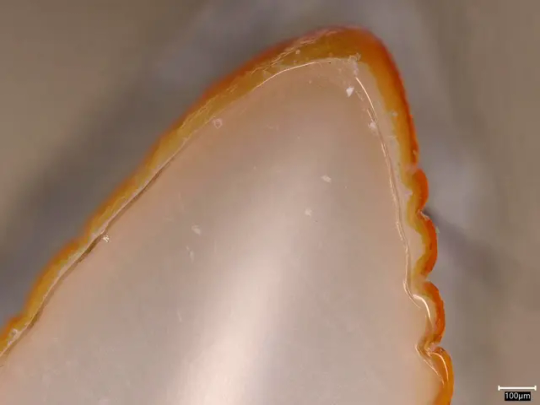
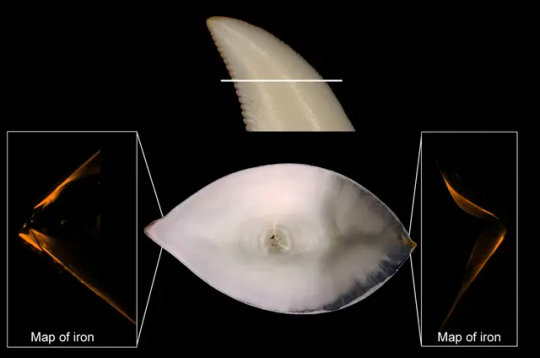
Komodo dragons have iron-tipped teeth, new study shows
Komodo dragons, the world’s largest species of lizard, have iron-tipped teeth that help them to rip their prey apart, according to new research.
The metal is concentrated in the cutting edge and tips of their curved, serrated teeth, staining them orange, scientists wrote in a paper published Wednesday in the journal Nature Ecology & Evolution.
Komodo dragons are native to Indonesia and weigh around 80 kilograms (176 pounds) on average. They eat almost any kind of meat and are known as deadly predators...
Read more: https://www.cnn.com/2024/07/24/science/komodo-dragons-iron-teeth-scli-intl/index.html
12K notes
·
View notes
Text

grizzer deserves all the pets
#star wars#the clone wars#sergeant hound#grizzer#coruscant guard#tcw#lil guy gives komodo dragon#aviiart
3K notes
·
View notes
Text

Trigger gave Velociraptor Falin Feathers.


#delicious in dungeon#dungeon meshi#dunmeshi#falin touden#falin#falin dungeon meshi#chimera falin#faligon#anime#studio trigger#dinosaurs#dinosaur#feathered dinosaurs#velociraptor#komodo dragon#wyrm#paleoblr#paleomedia
4K notes
·
View notes
Text
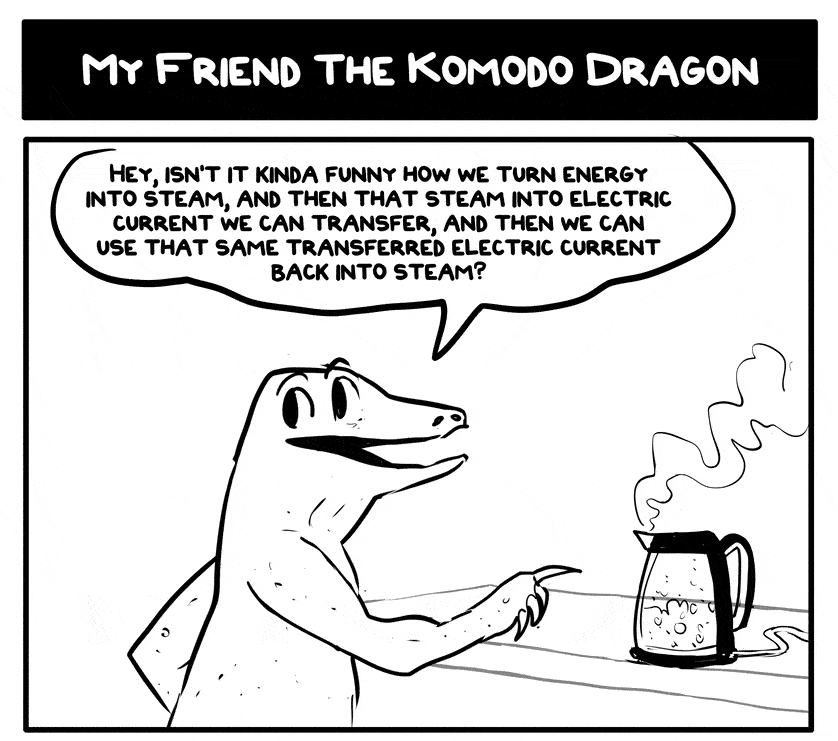
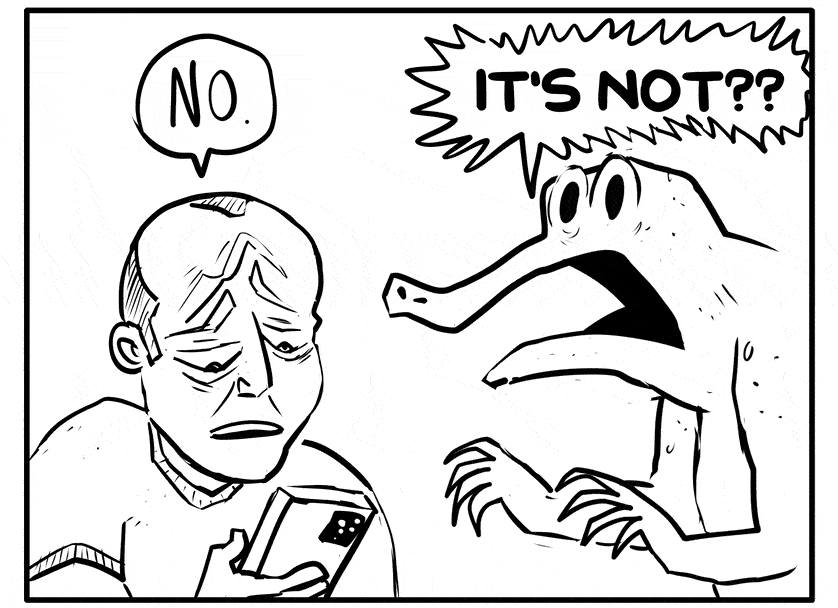
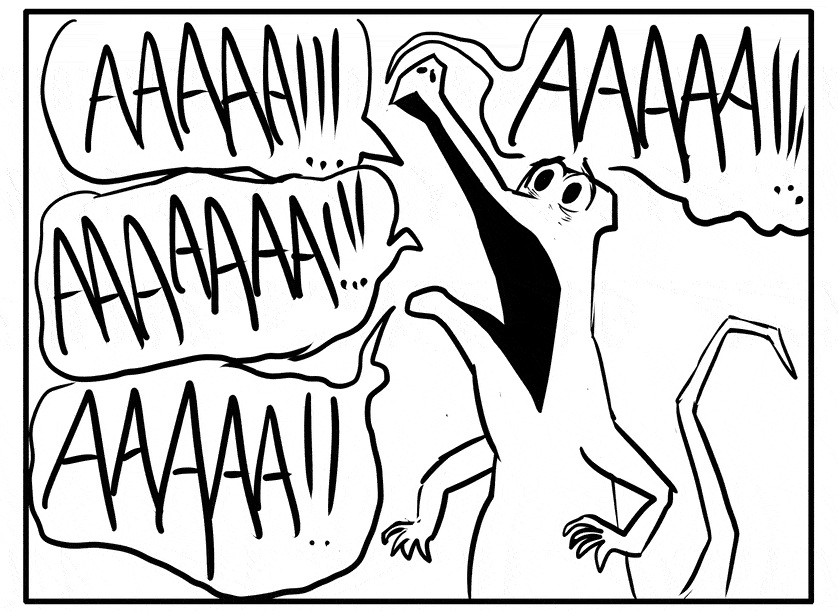
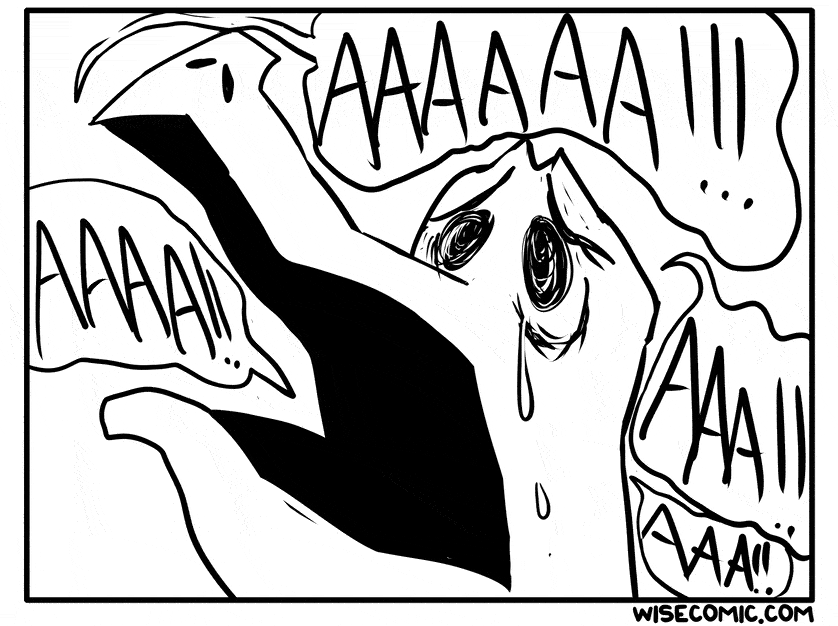
#comic#animation#cartoon#komodo dragon#crying#wailing#boo-hoo-hoo-ing#warbling crying komodo dragon#screaming
1K notes
·
View notes
Text

There was a post about creating the "Most Horrible Gryphon" and the Shoebill-Komodo Dragon barged into my brain and stood in the doorway making horrible clicking and hissing noises.
So, I had to draw him, of course, to save my own life. Meet the Gryphoebill Dragon and despair! 💖
#most horrible gryphon#shoebill#komodo dragon#gryphon#i know he's cheating#since the second half isn't mammal#but i was not gonna argue semantics with that thing
2K notes
·
View notes
Text
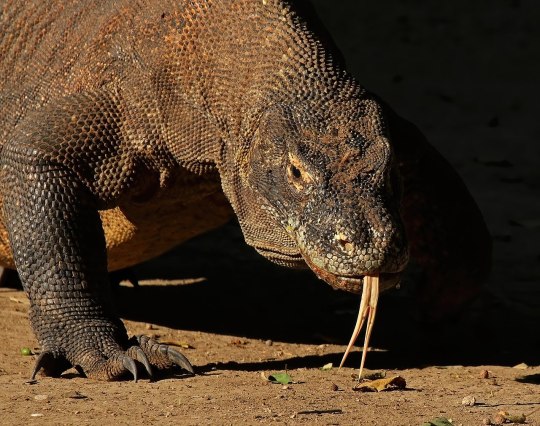
By Charles J. Sharp - Own work, from Sharp Photography, sharpphotography, CC BY-SA 4.0
888 notes
·
View notes
Text

Komodo Dragon (Varanus komodoensis), family Varanidae, found on Komodo Island, and other nearby islands in Indonesia
Venomous.
ENDANGERED.
It was once thought that Komodos subdue prey with a heavy and noxious array of mouth bacteria that infect bite wounds of prey after being bitten, but… it was never really determined scientifically if that’s what was happening (conclusively, at least). (It is still believed though that this may aid in brining down larger prey).
It turned out, they’re venomous! Research was done in 2009 that found a primitive venom gland at the back of the mouth.
This is that largest species of lizard in the world, growing to a maximum total length of up to ~ 3 m (~10 ft.) long and a max. weight of up to 8~ 81 kg (180 lbs) (in the wild).
photograph by Michelle Allen
846 notes
·
View notes
Text
“Back off or I’ll bite.”
To be fair he had just gotten off of a shift and was ready to become one with his shitty mattress.
Danny thought he made himself pretty clear.
So you can’t blame him when some bobo the clown knock-off tried to start some shit while he was walking home and did not heed his advice.
A fun fact he learned a couple days later is that in an average human’s mouth there’s about 6 billion types of bacteria and several of those types are deadly if not treated properly at a hospital.
And Danny was very much not an average human.
Let’s just say he started to sweat bullets when he found a frontline article about the death of the clown prince.
Suddenly that feeling of someone watching him wasn’t being written off as paranoia.
#writing prompt#dp x dc#danny phantom#danny fenton#it’s mainly red hood#he’s just so happy#like all the ways joker could’ve gonen it was an untreated infection#Jason pointing at danny: this fuck is my hero#danny who was just a crabby minimum wage worker:????#you know#komodo dragons?#yeah#Danny is the equivalent of one#like that’s the first time he’s ever but a human#ghosts just heal themselves of that mess when they go home#he wasn’t aware that his bite did that until now
5K notes
·
View notes
Text

No thoughts behind those eyes
567 notes
·
View notes
Note
Sorry if this has been answered before but yknow, tumblr search be bad. So, I've heard like conflicting information about Komodo Dragons being venomous. Sometimes I've heard they ARE venomous and have venom glands and then sometimes I hear they don't have venom glands but have harmful bacteria in their mouth. And I've heard there's only 2 venomous lizards, and those are the gila monster and Mexican beaded. So I guess, the question is are komodo dragons venomous and if so, how? 🦎
You've been getting a lot of conflicting answers because there are conflicting opinions and a lot of popular but outdated info out there! The short answer is that Komodo dragons do indeed have venom, but herpetologists disagree on what exactly can be considered "venomous." Many of my colleagues, perfectly reasonable people, have been driven to extreme emotions by this discussion because many of us do feel that the traditional definition of venom (which required a reptile to have venom glands, venom ducts in the facts, and to use their venom for killing/digesting prey) needs to be updated.
Komodo dragons having unusually harmful saliva is outdated - studies within the most recent decade have found that the bacteria in their mouths is very ordinary. They have venom glands in their lower jaws and venom ducts between their teeth, so biting and chewing prey will inject venom into the prey's bloodstream. Their venom's main purpose seems to be preventing blood from clotting, so bites will lead to massive blood loss. The fun thing here is that Komodo dragon bites are serious enough without venom (the question is honestly irrelevant because in most cases if you're bitten by one you're dead, venom or no), but veranids (monitors) are quite primitive in the lizard family tree, so the existence of venom in Komodo dragons (and likely other monitors!) lets us know that venom probably goes much further back in the reptile family tree than we once thought.

549 notes
·
View notes
Text


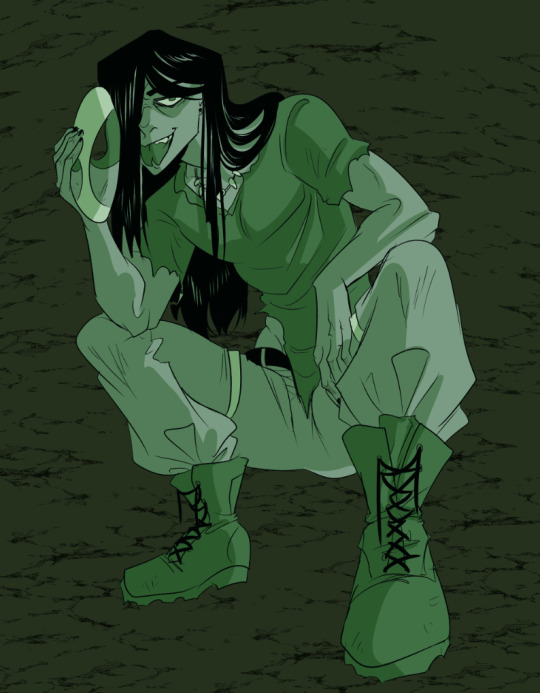

Took some quickie requests, like maybe 20 minutes each
#fanart#boyfriend to death#the price of flesh#btd strade#tpof#btd lawrence#tpof dragon#tpof komodo#super fast art#sorry mom sorry god
780 notes
·
View notes
Text




I decided to redo a couple of my fem. ver
+ draw Mason 🐻
#arrrr64#boyfriend to death#btd#btd strade#TPOF#the price of flesh#tpof mason#tpof komodo#tpof dragon#btd ren
2K notes
·
View notes
Text

dont drag me on here,, this is how i cope
#invincible#invincible season 2#invincible spoilers#mark grayson#komodo dragon invincible#shrinking rae#dupli-kate#lizard league#funnier in my head
575 notes
·
View notes
Text
I NEED to suck on his BIG FAT MAN TITTIES‼️‼️‼️‼️ GIVE THEM TO ME‼️‼️‼️

302 notes
·
View notes
Text
As if komodo dragons weren't amazing enough, these giant lizards literally have teeth of iron.
A new study of these formidable predators' chompers has revealed concentrated deposits of iron along the serrated tearing edges and the tips of their teeth, helping to keep them razor-sharp for tearing the flesh from the prey they devour.
Although many vertebrates have iron enhancements in their teeth, komodo dragons (Varanus komodoensis) and other similar species with serrated teeth, called ziphodonts, represent the most striking examples found to date.
Continue Reading.
296 notes
·
View notes
